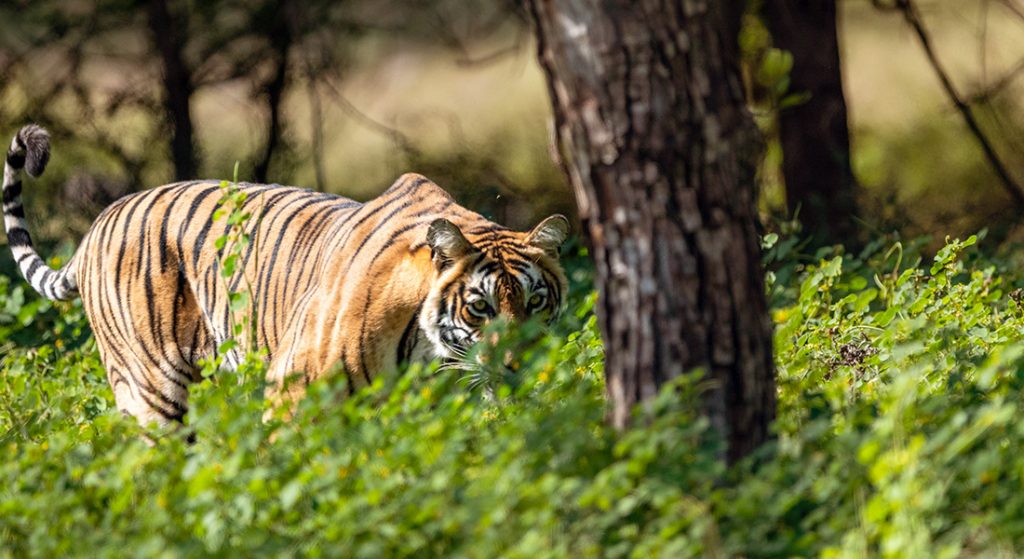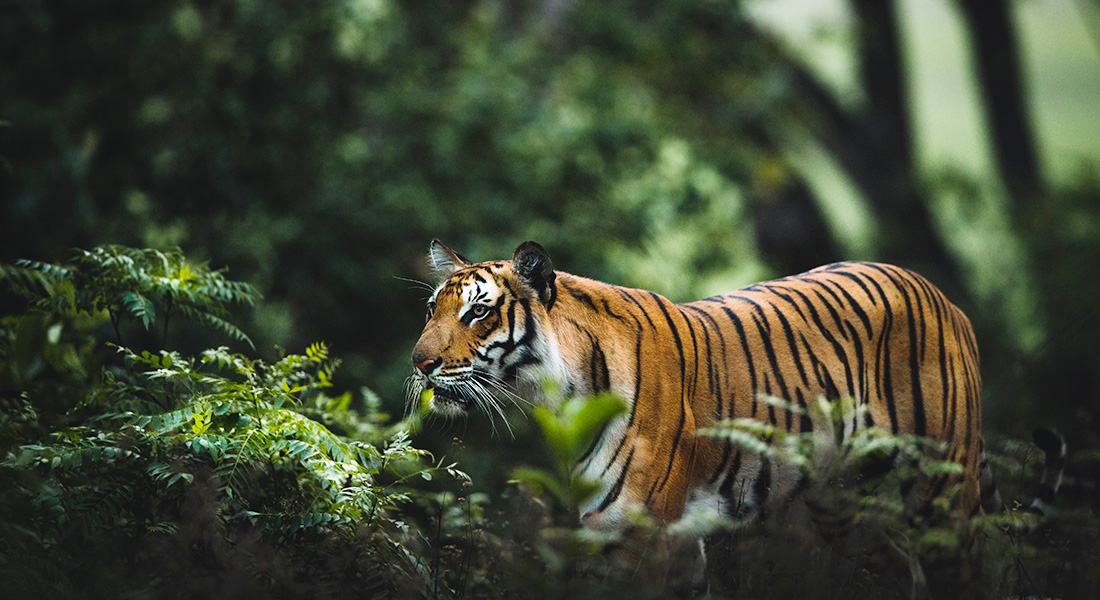
5 Tiger Reserves to Visit in India
Corbett Tiger Reserve: The launch of the Project Tiger initiative took place at Jim Corbett National Park in 1973. Established in 1936 as India’s first national park, it was rightly given the privilege of being the country’s first tiger reserve as well. Apart from a thriving tiger population, the reserve is blessed with a stunning landscape, which attracts many tourists. The park is spread over an area of over 1300 square kilometers, and the number of tigers in the reserve stood at around 250 as of 2021. For the last 25 years, the reserve has been promoting eco-tourism on a large scale and has achieved success. With nearly 75% of the park covered in thick forests, the park is a great habitat for wild cats. Apart from the tigers, the reserve has a large population of leopards and elephants. Spread over the Nainital, Almora, and Pauri Garhwal districts of Uttarakhand state, the park is well connected by road.

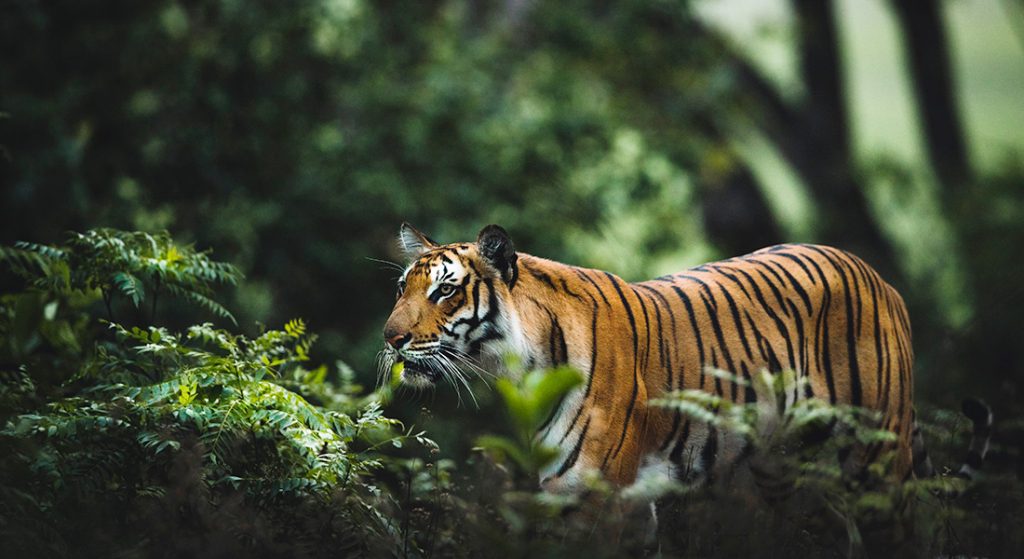
Tadoba Andhari Tiger Reserve: Located in the Chandrapur district of Maharashtra state, the reserve is spread over an area of about 625 square kilometers. Tadoba National Park, formed in 1955, and the Andhari Wildlife Sanctuary, formed in 1986, were merged in 1993 and notified as Tadoba Andhari Tiger Reserve under Project Tiger. According to the census carried out in the year 2020, the population of tigers in the reserve stood at 115, an impressive number. The same census put the number of leopards in the reserve at around 150. The landscape includes hills, valleys, meadows, and grasslands, which are ideal for the prey and predator balance. Apart from the tigers and leopards, the other main inhabitants of the park are the Indian gaur, sloth bear, spotted deer, sambar, barking deer, crocodile, and wild dogs, apart from serpents and many birds.
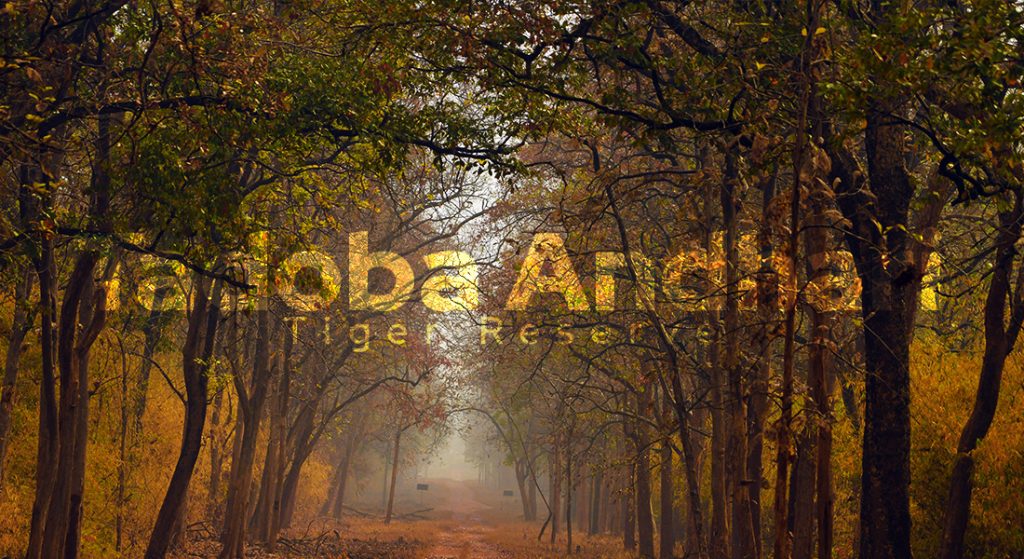

Bandipur Tiger Reserve: Spread over a large area of over 900 square kilometers in Mysuru and Chamarajanagar districts of Karnataka state, the reserve came into existence in 1973. Embedded in the reserve are the thick jungles of the western and eastern ghats, along with perennial streams and rivers that form the lifeline of the reserve. One of the oldest Tiger reserves in the country, the last census puts the number of tigers in the reserve at about 175. Other animals residing in the reserve, apart from the impressive bird count, are elephants, sloth bears, sambar, Indian gaur, chital, mouse deer, and rock python. Bandipur Tiger Reserve is one of the first nine tiger reserves established in the country, and the tiger population has thrived over the years.

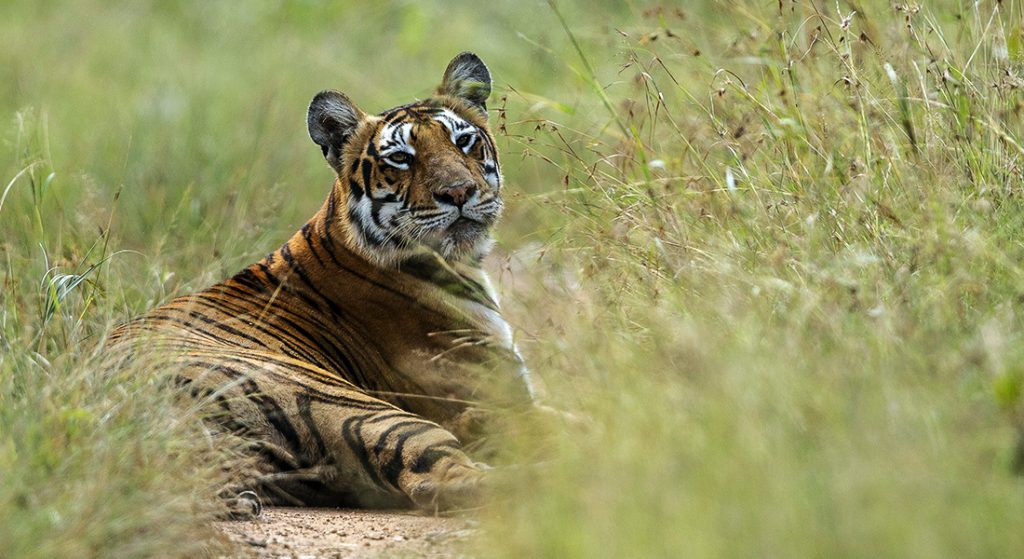
Sundarban Tiger Reserve: Located in the South 24 Parganas and the North 24 Parganas (small section of the park) the 2 coastal districts of the West Bengal state, this park with an area of over 1300 sq. km., is the only Tiger reserve in the country which has a landscape dominated by mangroves. Located in a marshy area of creeks and channels close to the sea and crisscrossed by many snaking waterways, the landscape is an unusual habitat for a tiger. Unusual it may be, but this is the land of Bengal, where the tigers have thrived for centuries, and the species have got the name of the land, “Bengal Tiger.” The tigers of Sundarban often swim across the waterways in search of prey. The local government puts the number of tigers in the reserve at 96, based on camera trapping evidence carried out in 2021. The other animals found here are the crocodile, three species of turtles, three species of dolphins, and serpents, including the King Cobra and the Monitor Lizard, among others.
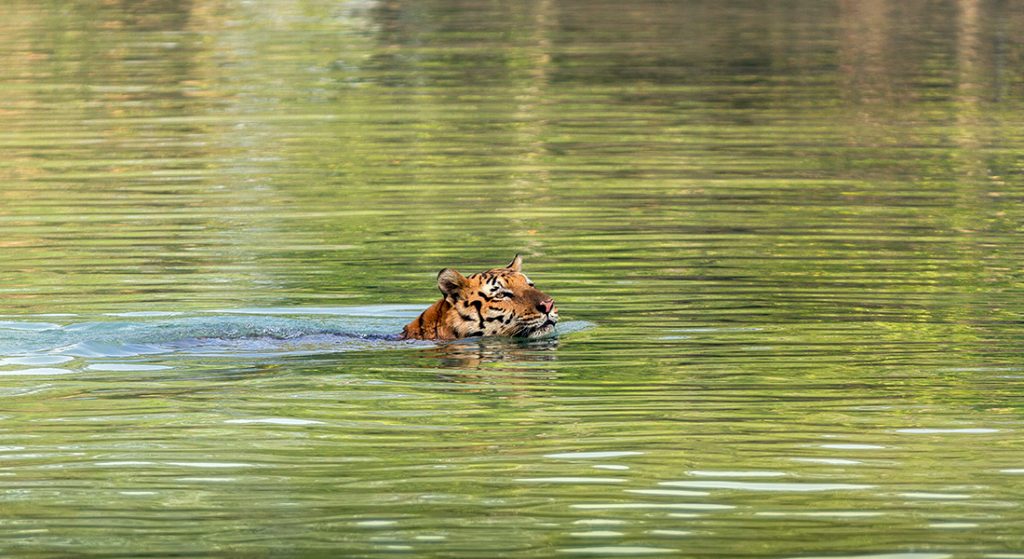

Kanha Tiger Reserve: Located in the state of Madhya Pradesh, the reserve is spread over the districts of Mandla and Balaghat, comprising an area of close to 1000 square kilometers. Part of the first nine tiger reserves of India formed in 1973, the tiger population in the reserve is roughly put at around 150. The tiger habitat has seen many conflicts in the past, starting from the inception of the reserve. Over the years, successful rehabilitation of the tribals and proper reserve management have resulted in a stable tiger population. Today, Kanha is the pride of Madhya Pradesh and has attained fame for the successful resurrection of Barasingha, the swamp deer, which was near extinction.

